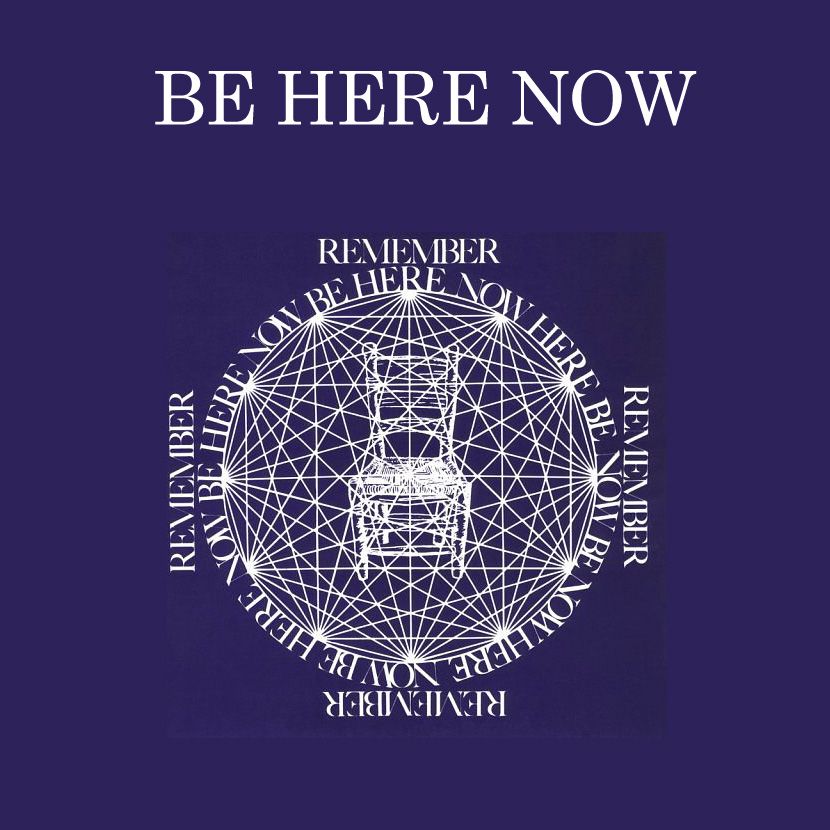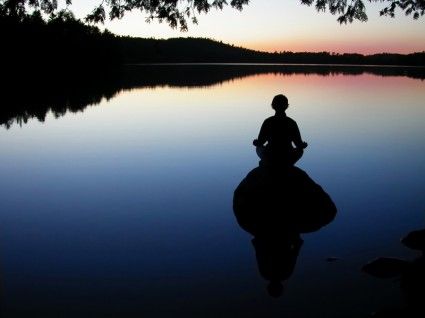Meditation made easy: How to achieve serenity at dinner in minutes
Madonna Gaulding, author of The Meditation Bible, gives you a beginner’s guide to easy serenity:
BENEFITS: Eating slowly and mindfully increases the pleasure you will get from your food. Not only will you taste more, but by eating consciously, you will be more likely to choose to eat healthier foods.
TO START: Make yourself a healthy, balanced meal.
STEP ONE: Lay the table and sit down, but don’t start eating straight away. Take time to relax and settle your mind. Set your intention to eat mindfully and be a healthier person.
STEP TWO: Pick up your fork and place a bite of food in your mouth. Put your fork back on the table.
Chew carefully and focus on the sensations on your tongue, teeth and throat as you swallow. Is it sweet, salty, sour, bitter, or flavoured with spices or herbs? You will probably notice a combination.
STEP THREE: When you have completely experienced the taste sensations from the first bite, pick up your fork and take another.
Focus on what arises in your mind. Are you frustrated by eating so slowly? Are you anticipating the next bite before you finish the one you have? Are you continuing to eat even though your stomach feels full?
STEP FOUR: Try to let go of all your emotional baggage about eating and simply savour the taste of your food, as if you were eating for the first time. Try to bring mindfulness to your everyday eating.


